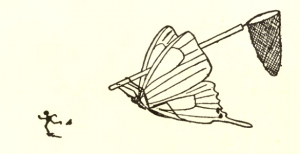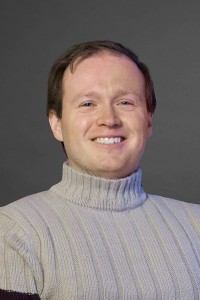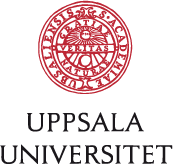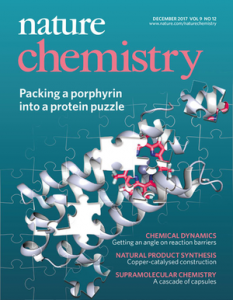
Title: Yeast CAF-1 assembles histone (H3-H4) 2 tetramers prior to DNA deposition
What Caught Our Attention: Informative retraction notices can be infrequent, but rarer still are notices that fulfill an oft-ignored function: To be a source of learning for others in the field. Here, the authors offer a nearly 800-word “detailed description of the issues” with “some observations that may be useful for investigators conducting similar studies.” These authors embraced the retraction process, carefully explaining their findings or the lack thereof, for each figure from their now-retracted paper. Continue reading Caught Our Notice: A retraction that is “useful for investigators”






